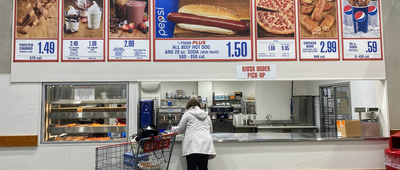Disco Era Redux
Everybody remembers the big things of the ’70s: Disco balls, bell-bottoms, inflation. But it’s the random items of everyday life that are memory touchstones, bringing us back into that daisy-patterned wallpaper kitchen with the brown refrigerator.
Explore your past with everyday items from the ’70s that are now cultural artifacts.




































